Hurricane Hillary
California, famous for its picturesque landscapes and idyllic weather, has rarely been associated with hurricanes. Nevertheless, the presence of Hurricane Hilary served as a reminder that the state’s diverse regions were not immune to such natural disasters. In this article, we explore the potential impact of Hurricane Hilary on Californians while emphasizing the unique vulnerabilities faced by low-income communities.
Economic Disparities
When Hurricane Hilary approached, it posed economic challenges for all residents, but low-income households were particularly vulnerable. Evacuation and hurricane preparations strained already limited budgets, and the subsequent economic impacts, including job loss and property damage, hit low-income communities harder.
Housing Vulnerability
California’s coastal areas, often home to low-income communities, were at risk during a hurricane. Many of these residents live in older, less resilient housing. Hurricane Hilary’s strong winds and heavy rains could’ve disproportionately affected these homes, leaving low-income individuals and families more exposed to damage and displacement.
Limited Transportation Options
Low-income neighborhoods in California often have limited access to reliable transportation. When the hurricane threatened, the shutdown of public transportation services was a major concern, leaving residents with fewer options for evacuation. This transportation gap resulted in low-income individuals and families being unable to escape high-risk areas.
Environmental Risks
Many low-income communities in California are situated in areas prone to environmental hazards such as flooding and landslides. Hurricane Hilary’s heavy rainfall exacerbated these risks, posing a significant threat to residents’ safety and property.
Healthcare Disparities
Low-income Californians often experience disparities in healthcare access. During and after the hurricane, disruptions in medical facilities and transportation made it even more challenging for individuals with preexisting health conditions to access care, potentially leading to more severe health crises.
Education Interruptions
Low-income families with school-age children faced difficulties in ensuring their children’s education continued during and after the hurricane. School closures disrupted learning, and the lack of access to online resources in low-income households further widened educational disparities.
Community Resilience
In low-income neighborhoods, community support systems were vital for residents’ well-being. Hurricane Hilary disrupted essential services like food banks and community centers, leaving residents without access to vital resources during a time of crisis.
Conclusion
While California is not a hurricane-prone region like some other parts of the United States, Hurricane Hilary reminded us that disasters could affect all communities. In particular, low-income communities were often more vulnerable, as they faced additional economic, housing, and social challenges.
It was crucial for Californians to recognize and address these disparities in preparedness and response efforts. Investments needed to be made to improve housing resilience, provide financial support for evacuation and recovery, enhance transportation options, and ensure healthcare services remained accessible.
Furthermore, communities need to come together, recognizing that disasters do not discriminate based on income. By working collectively, California could develop a more equitable and inclusive approach to disaster preparedness, ensuring that all residents had the opportunity to protect their families and communities during Hurricane Hilary or any future natural disasters.
Tired of dealing with
complicated, impersonal
business services?
We get it – that’s why we offer something different. Our team of expert accountants are friendly, approachable, and dedicated to providing topnotch service. We’ll take the time to get to know you and your business, and we’ll tailor our services to meet your unique needs. Plus, we’ll make the whole process as easy and stress-free as possible. We’ve got you covered.

